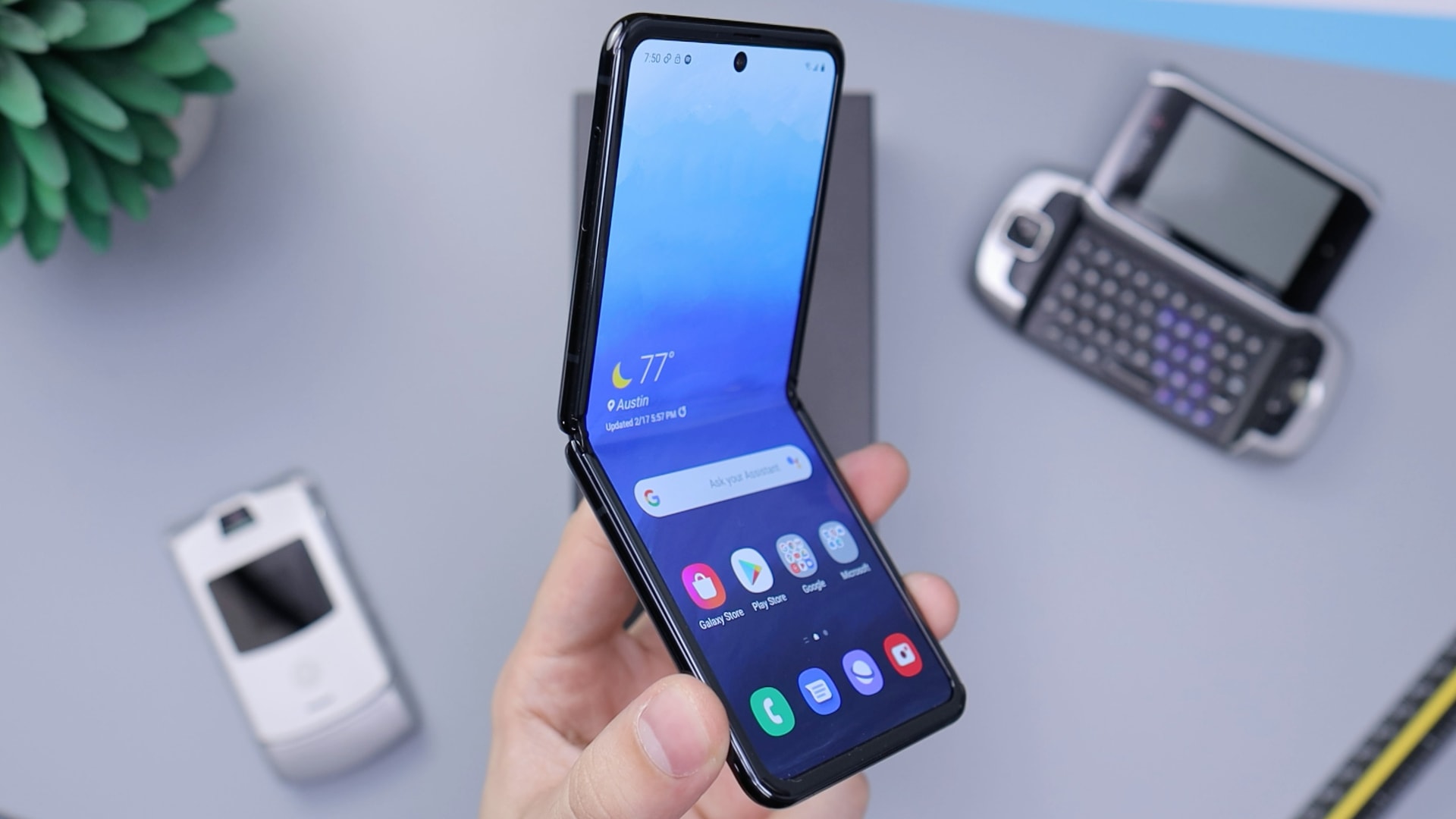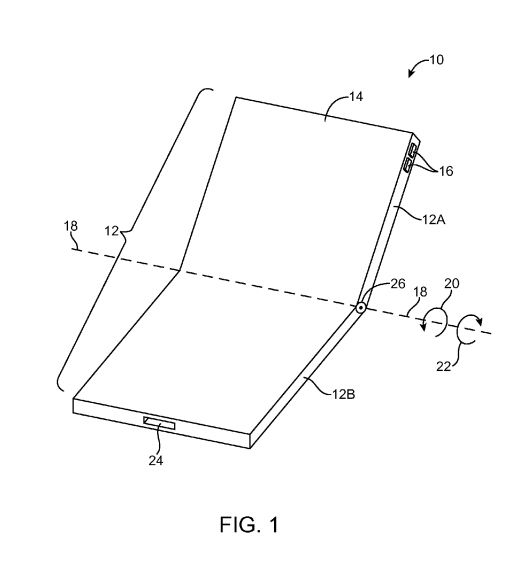A foldable iPhone remains in development, with a new report claiming Apple has two prototypes with a clamshell design, but they won’t launch until at least 2026.

The Information reports that Apple built prototypes of at least two iPhones “that fold widthwise like a clamshell.” That doesn’t mean a foldable iPhone is coming in 2024 because the prototypes are in the very early stages of development.
The report indicates that a foldable iPhone remains in active development. Should Apple bring such a product to the market, it would mark “one of the biggest hardware design changes in the product’s history,” according to the report.
A foldable iPhone remains in development
Sources familiar with the project told the publication that Apple’s engineers aim to create a foldable iPhone that would be half as thin as the current models.
That way, such a device would not be too thick when closed, unlike today’s foldable smartphones that are bulky in pockets. The idea was untenable, however, due to limitations with battery and display technologies. One of the prototypes featured outward-facing screens that could be used when the device was closed.
Foldable phones can be smaller and more portable than typical smartphones and take photos without the help of a stand when they are unfolded at a 90-degree angle. Such phones have become more common after Samsung Electronics released the Galaxy Fold in 2019. Motorola, Google and a number of Chinese brands have since released their own foldable devices, but they are relatively niche because of their high retail cost and fragility compared to traditional smartphones.
A supply-chain rumor published in 2020 claimed that two prototypes of a foldable iPhone passed Apple’s durability tests, one of the most important steps in the development process. In 2022, analyst Ross Young claimed there would be no foldable iPhone until at least 2025, possibly even later.
A foldable iPad is also in development
The Information claims Apple paused the development of a foldable iPhone in 2020 due to the aforementioned technical challenges, instead kicking off work on an iPad that would fold inward and have a screen measuring eight inches when unfolded.

The company has patents related to foldable devices, with one describing durable friction hinges that could be used in a foldable device.
Apple must create foldable devices to stay relevant
Apple’s rival Samsung has almost single-handedly managed to legitimize such a niche category like foldable smartphones. It at least brought foldable smartphones to public consciousness just as it had mainstreamed large-screened phones, once mockingly dismissed as phablets.

In my view, a foldable device won’t replace today’s iPhone. Instead, Apple will offer it alongside the regular iPhone, pricing it (much?) higher than today’s flagship iPhones.
Apple needs a foldable iPhone, not just to remain relevant in the technology industry but because people are increasingly eyeing such devices, or it would seem so judging by the number of people carrying foldable devices I’m seeing on the streets.